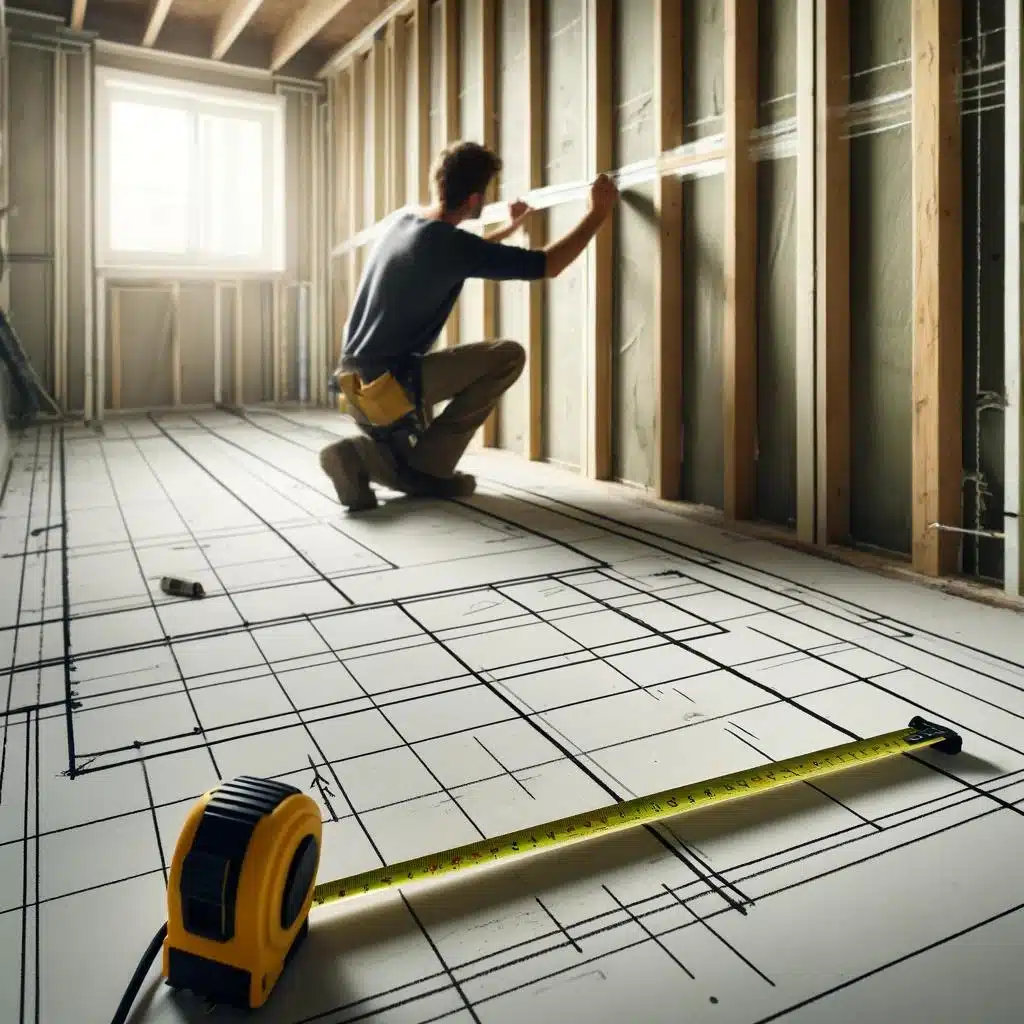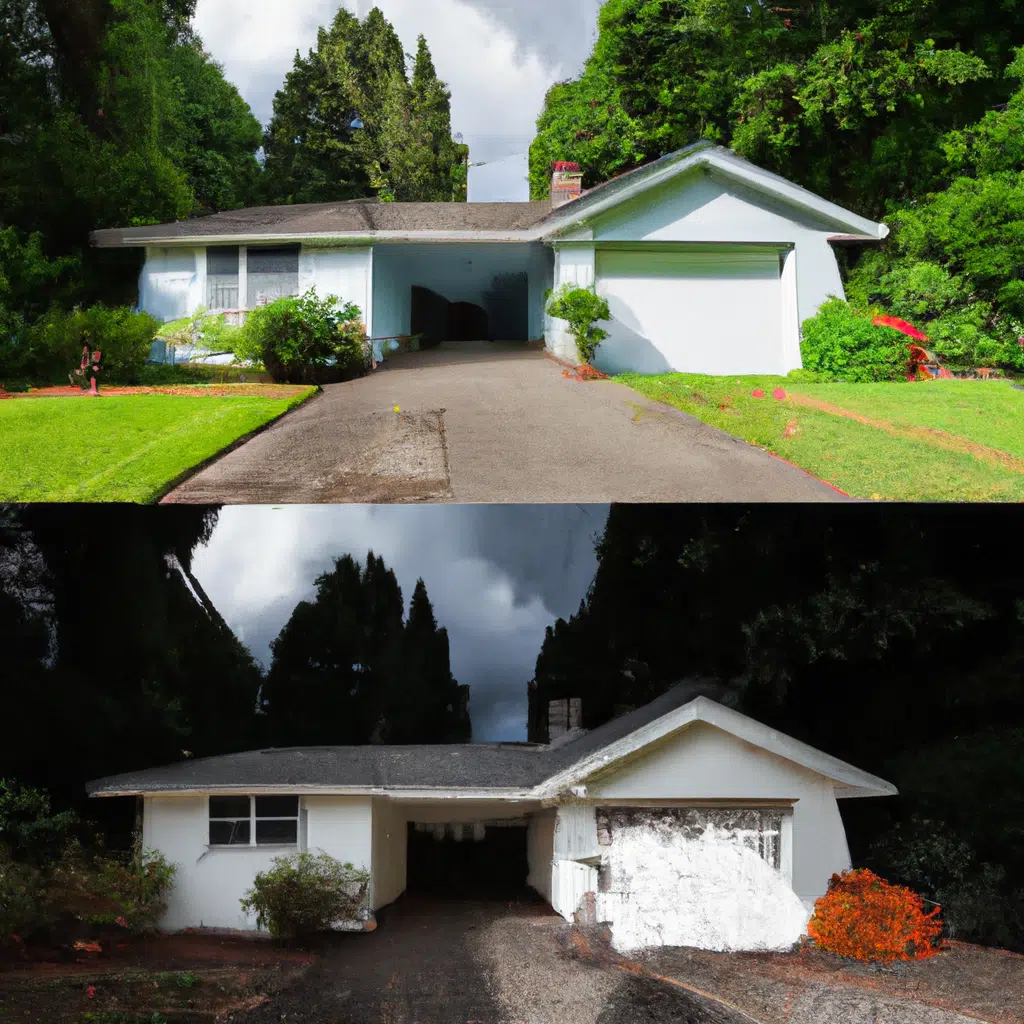Shipping containers have become increasingly popular in recent years as a sustainable and cost-effective alternative to traditional construction materials. They are durable, portable, and can be transformed into a variety of structures, from homes to offices to retail spaces. However, like any building material, shipping containers come with their own set of pros and cons. In this article, we will discuss the advantages and drawbacks of building with shipping containers.
Advantages of Building with Shipping Containers
1. Sustainability
One of the most significant advantages of building with shipping containers is their sustainable nature. Instead of using traditional building materials like wood and concrete, which require the depletion of natural resources, shipping containers are repurposed and given a new life. This process reduces waste and minimizes the environmental impact of construction.
2. Affordability
Another significant advantage of building with shipping containers is their affordability. Compared to traditional building materials, shipping containers are relatively inexpensive. They are also widely available, making them easy to source and transport. This cost-effectiveness makes building with shipping containers an attractive choice for those on a budget.
3. Durability
Shipping containers are built to withstand harsh conditions at sea, meaning they are highly durable and resistant to the elements. They are also fire-resistant, making them a safe choice for building structures.
4. Versatility
Shipping containers can be transformed into a variety of structures, from homes to offices to retail spaces. They are highly customizable, allowing for the creation of unique and innovative designs. This versatility makes shipping containers an attractive choice for architects and builders alike.
Drawbacks of Building with Shipping Containers
1. Insulation
One of the biggest drawbacks of building with shipping containers is their lack of insulation. Shipping containers are not designed to be lived in, meaning they do not have the insulation required for comfortable living. This means that additional insulation will need to be added to the container, which can be costly and time-consuming.
2. Size Limitations
Shipping containers come in standard sizes, meaning they have size limitations for building. This can limit the creativity of the design and may require multiple containers to be stacked or connected to create a larger structure.
3. Permitting
Building with shipping containers may require special permits, depending on the location and intended use of the structure. This can add additional time and cost to the building process.
4. Maintenance
While shipping containers are highly durable, they still require maintenance to prevent rust and other damage. This maintenance can be costly and time-consuming, especially if the container is located in a harsh climate.
Conclusion
Building with shipping containers offers many advantages, including sustainability, affordability, durability, and versatility. However, there are also drawbacks to consider, including insulation, size limitations, permitting, and maintenance. Ultimately, the decision to build with shipping containers will depend on the specific needs and preferences of the builder. With careful planning and execution, building with shipping containers can be a unique and innovative way to create sustainable and cost-effective structures.



